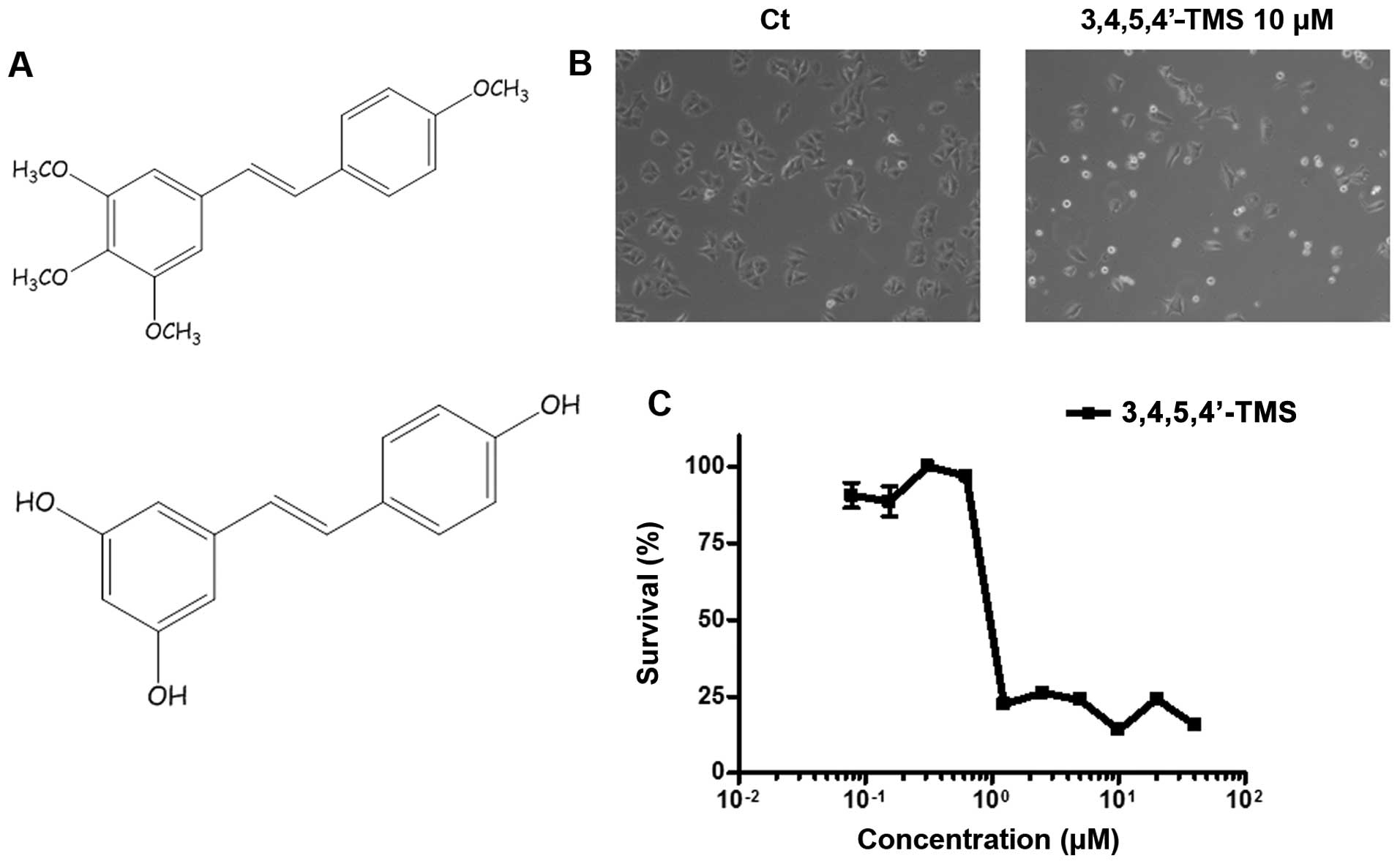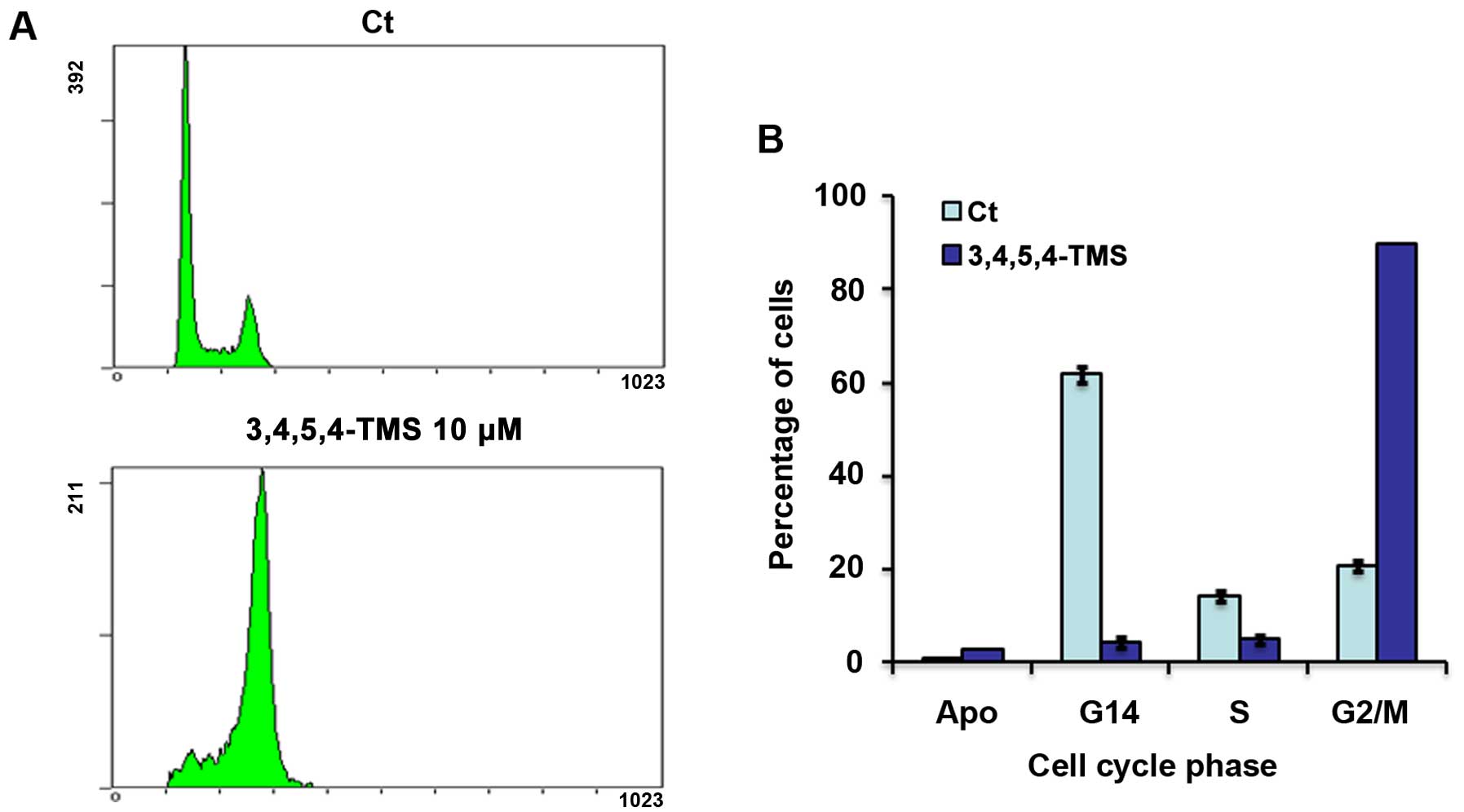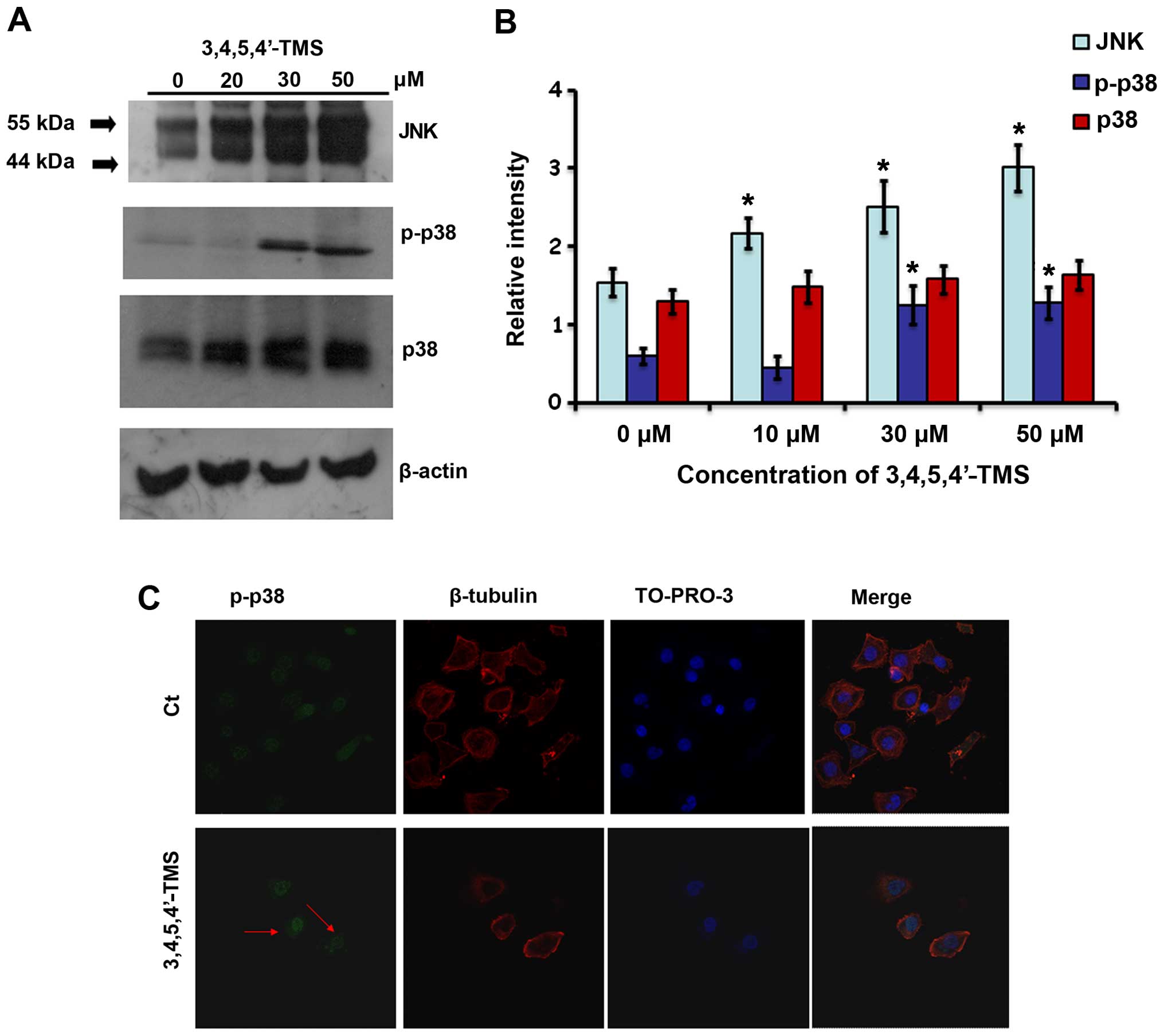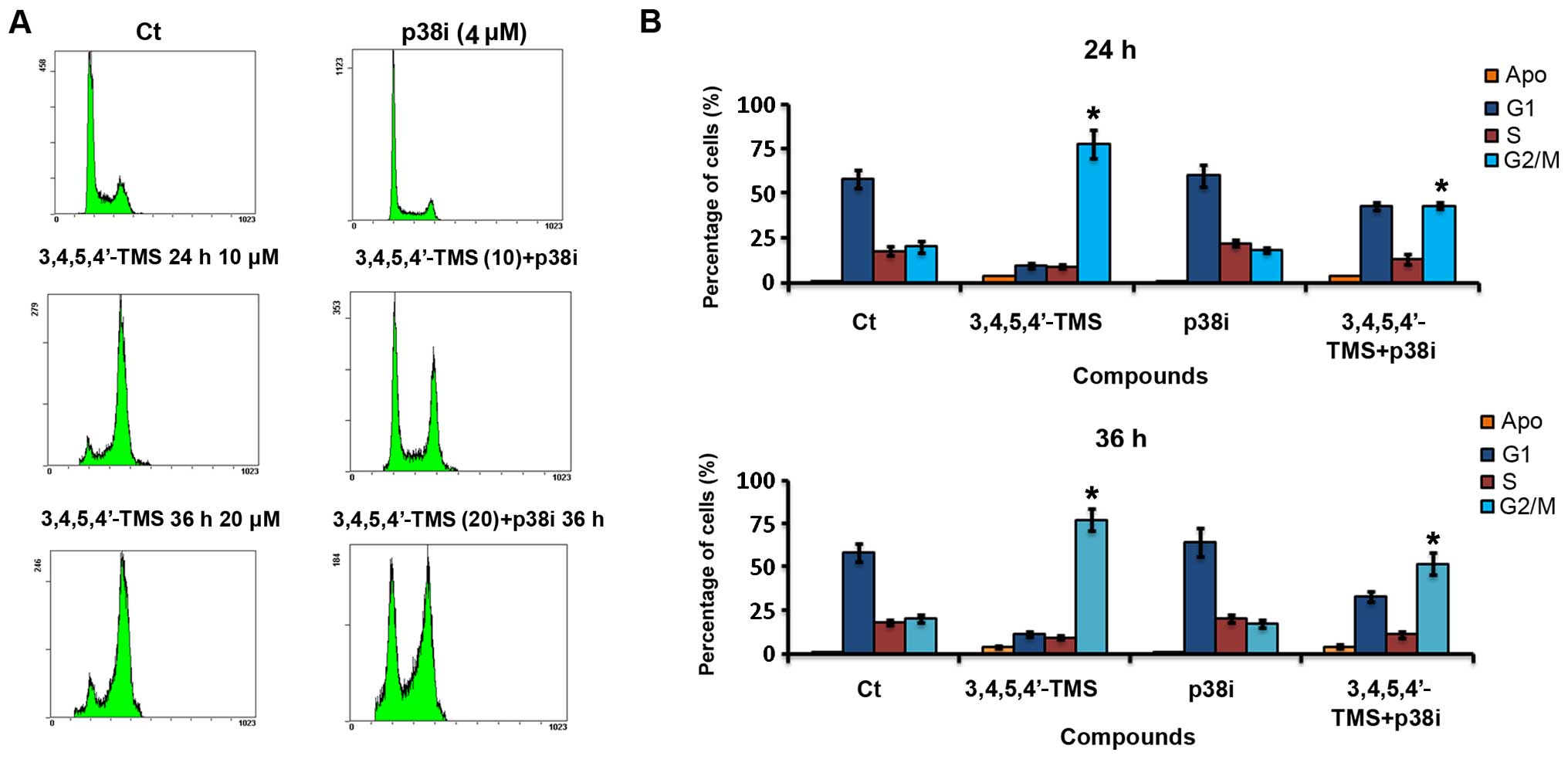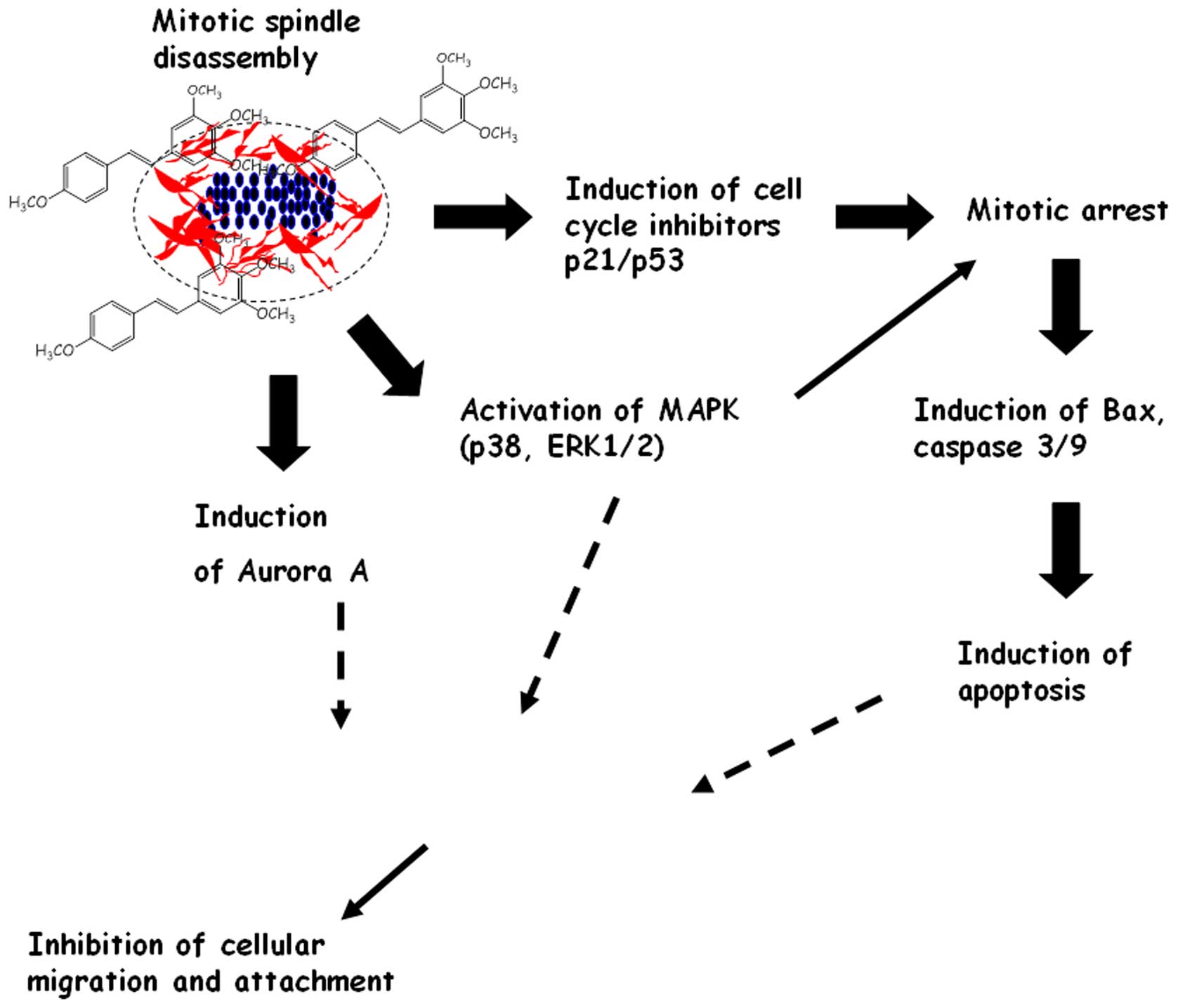|
1
|
Tripp MK, Watson M, Balk SJ, Swetter SM
and Gershenwald JE: State of the science on prevention and
screening to reduce melanoma incidence and mortality: The time is
now. CA Cancer J Clin. May 27–2016.(Epub ahead of print).
View Article : Google Scholar : PubMed/NCBI
|
|
2
|
Russo AE, Torrisi E, Bevelacqua Y,
Perrotta R, Libra M, McCubrey JA, Spandidos DA, Stivala F and
Malaponte G: Melanoma: Molecular pathogenesis and emerging target
therapies (Review). Int J Oncol. 34:1481–1489. 2009.PubMed/NCBI
|
|
3
|
Wong CY, Helm MA, Kalb RE, Helm TN and
Zeitouni NC: The presentation, pathology, and current management
strategies of cutaneous metastasis. N Am J Med Sci. 5:499–504.
2013. View Article : Google Scholar : PubMed/NCBI
|
|
4
|
Guy GP Jr, Thomas CC, Thompson T, Watson
M, Massetti GM and Richardson LC: Centers for Disease Control and
Prevention (CDC): Vital signs: Melanoma incidence and mortality
trends and projections - United States, 1982–2030. MMWR Morb Mortal
Wkly Rep. 64:591–596. 2015.PubMed/NCBI
|
|
5
|
Pal HC, Hunt KM, Diamond A, Elmets CA and
Afaq F: Phytochemicals for the management of melanoma. Mini Rev Med
Chem. Feb 11–2016.(Epub ahead of print). View Article : Google Scholar : PubMed/NCBI
|
|
6
|
Sale S, Tunstall RG, Ruparelia KC, Potter
GA, Steward WP and Gescher AJ: Comparison of the effects of the
chemopreventive agent resveratrol and its synthetic analog trans
3,4,5,4′-tetra-methoxystilbene (DMU-212) on adenoma development in
the Apc(Min+) mouse and cyclooxygenase-2 in human-derived colon
cancer cells. Int J Cancer. 115:194–201. 2005. View Article : Google Scholar : PubMed/NCBI
|
|
7
|
Atten MJ, Attar BM, Milson T and Holian O:
Resveratrol-induced inactivation of human gastric adenocarcinoma
cells through a protein kinase C-mediated mechanism. Biochem
Pharmacol. 62:1423–1432. 2001. View Article : Google Scholar : PubMed/NCBI
|
|
8
|
Jang M, Cai L, Udeani GO, Slowing KV,
Thomas CF, Beecher CW, Fong HH, Farnsworth NR, Kinghorn AD, Mehta
RG, et al: Cancer chemopreventive activity of resveratrol, a
natural product derived from grapes. Science. 275:218–220. 1997.
View Article : Google Scholar : PubMed/NCBI
|
|
9
|
Mahyar-Roemer M, Köhler H and Roemer K:
Role of Bax in resveratrol-induced apoptosis of colorectal
carcinoma cells. BMC Cancer. 2:272002. View Article : Google Scholar : PubMed/NCBI
|
|
10
|
Sale S, Verschoyle RD, Boocock D, Jones
DJ, Wilsher N, Ruparelia KC, Potter GA, Farmer PB, Steward WP and
Gescher AJ: Pharmacokinetics in mice and growth-inhibitory
properties of the putative cancer chemopreventive agent resveratrol
and the synthetic analogue trans 3,4,5,4′-tetramethoxystilbene. Br
J Cancer. 90:736–744. 2004. View Article : Google Scholar : PubMed/NCBI
|
|
11
|
Ma Z, Molavi O, Haddadi A, Lai R, Gossage
RA and Lavasanifar A: Resveratrol analog trans
3,4,5,4′-tetrame-thoxystilbene (DMU-212) mediates anti-tumor
effects via mechanism different from that of resveratrol. Cancer
Chemother Pharmacol. 63:27–35. 2008. View Article : Google Scholar : PubMed/NCBI
|
|
12
|
Androutsopoulos VP, Fragiadaki I and Tosca
A: Activation of ERK1/2 is required for the antimitotic activity of
the resveratrol analogue 3,4,5,4′-tetramethoxystilbene (DMU-212) in
human melanoma cells. Exp Dermatol. 24:632–634. 2015. View Article : Google Scholar : PubMed/NCBI
|
|
13
|
Androutsopoulos V, Arroo RR, Hall JF,
Surichan S and Potter GA: Antiproliferative and cytostatic effects
of the natural product eupatorin on MDA-MB-468 human breast cancer
cells due to CYP1-mediated metabolism. Breast Cancer Res.
10:R392008. View
Article : Google Scholar : PubMed/NCBI
|
|
14
|
Androutsopoulos VP, Ruparelia KC,
Papakyriakou A, Filippakis H, Tsatsakis AM and Spandidos DA:
Anticancer effects of the metabolic products of the resveratrol
analogue, DMU-212: Structural requirements for potency. Eur J Med
Chem. 46:2586–2595. 2011. View Article : Google Scholar : PubMed/NCBI
|
|
15
|
Piotrowska H, Myszkowski K, Ziółkowska A,
Kulcenty K, Wierzchowski M, Kaczmarek M, Murias M,
Kwiatkowska-Borowczyk E and Jodynis-Liebert J: Resveratrol analogue
3,4,4′,5-tetramethoxystilbene inhibits growth, arrests cell cycle
and induces apoptosis in ovarian SKOV-3 and A-2780 cancer cells.
Toxicol Appl Pharmacol. 263:53–60. 2012. View Article : Google Scholar : PubMed/NCBI
|
|
16
|
Mazué F, Colin D, Gobbo J, Wegner M,
Rescifina A, Spatafora C, Fasseur D, Delmas D, Meunier P, Tringali
C, et al: Structural determinants of resveratrol for cell
proliferation inhibition potency: Experimental and docking studies
of new analogs. Eur J Med Chem. 45:2972–2980. 2010. View Article : Google Scholar : PubMed/NCBI
|
|
17
|
Schneider Y, Chabert P, Stutzmann J,
Coelho D, Fougerousse A, Gossé F, Launay JF, Brouillard R and Raul
F: Resveratrol analog (Z)-3,5,4′-trimethoxystilbene is a potent
anti-mitotic drug inhibiting tubulin polymerization. Int J Cancer.
107:189–196. 2003. View Article : Google Scholar : PubMed/NCBI
|
|
18
|
Shen CH, Shee JJ, Wu JY, Lin YW, Wu JD and
Liu YW: Combretastatin A-4 inhibits cell growth and metastasis in
bladder cancer cells and retards tumour growth in a murine
orthotopic bladder tumour model. Br J Pharmacol. 160:2008–2027.
2010. View Article : Google Scholar : PubMed/NCBI
|
|
19
|
Grossman D and Altieri DC: Drug resistance
in melanoma: Mechanisms, apoptosis, and new potential therapeutic
targets. Cancer Metastasis Rev. 20:3–11. 2001. View Article : Google Scholar
|
|
20
|
Mooney EE, Ruis Peris JM, O’Neill A and
Sweeney EC: Apoptotic and mitotic indices in malignant melanoma and
basal cell carcinoma. J Clin Pathol. 48:242–244. 1995. View Article : Google Scholar : PubMed/NCBI
|
|
21
|
Alotaibi MR, Asnake B, Di X, Beckman MJ,
Durrant D, Simoni D, Baruchello R, Lee RM, Schwartz EL and Gewirtz
DA: Stilbene 5c, a microtubule poison with vascular disrupting
properties that induces multiple modes of growth arrest and cell
death. Biochem Pharmacol. 86:1688–1698. 2013. View Article : Google Scholar : PubMed/NCBI
|
|
22
|
Teng M, Jiang XP, Zhang Q, Zhang JP, Zhang
DX, Liang GP and Huang YS: Microtubular stability affects
pVHL-mediated regulation of HIF-1alpha via the p38/MAPK pathway in
hypoxic cardiomyocytes. PLoS One. 7:e350172012. View Article : Google Scholar : PubMed/NCBI
|
|
23
|
Yang Y, Zhu X, Chen Y, Wang X and Chen R:
p38 and JNK MAPK, but not ERK1/2 MAPK, play important role in
colchicine-induced cortical neurons apoptosis. Eur J Pharmacol.
576:26–33. 2007. View Article : Google Scholar : PubMed/NCBI
|
|
24
|
Quan H, Xu Y and Lou L: p38 MAPK, but not
ERK1/2, is critically involved in the cytotoxicity of the novel
vascular disrupting agent combretastatin A4. Int J Cancer.
122:1730–1737. 2008. View Article : Google Scholar
|
|
25
|
Rohena CC, Peng J, Johnson TA, Crews P and
Mooberry SL: Chemically diverse microtubule stabilizing agents
initiate distinct mitotic defects and dysregulated expression of
key mitotic kinases. Biochem Pharmacol. 85:1104–1114. 2013.
View Article : Google Scholar : PubMed/NCBI
|
|
26
|
Aires DJ, Wick J, Shaath TS, Rajpara AN,
Patel V, Badawi AH, Li C, Fraga GR, Doolittle G and Liu DY:
Economic costs avoided by diagnosing melanoma six months earlier
justify >100 benign biopsies. J Drugs Dermatol. 15:527–532.
2016.PubMed/NCBI
|
|
27
|
Roman BI, De Coen LM, Thérèse FC, Mortier
S, De Ryck T, Vanhoecke BW, Katritzky AR, Bracke ME and Stevens CV:
Design, synthesis and structure-activity relationships of some
novel, highly potent anti-invasive (E)- and (Z)-stilbenes. Bioorg
Med Chem. 21:5054–5063. 2013. View Article : Google Scholar : PubMed/NCBI
|
|
28
|
Zweifel M, Jayson GC, Reed NS, Osborne R,
Hassan B, Ledermann J, Shreeves G, Poupard L, Lu SP, Balkissoon J,
et al: Phase II trial of combretastatin A4 phosphate, carboplatin
and paclitaxel in patients with platinum-resistant ovarian cancer.
Ann Oncol. 22:2036–2041. 2011. View Article : Google Scholar : PubMed/NCBI
|
|
29
|
Maccario C, Savio M, Ferraro D, Bianchi L,
Pizzala R, Pretali L, Forti L and Stivala LA: The resveratrol
analog 4,4′-dihydroxy-trans-stilbene suppresses transformation in
normal mouse fibroblasts and inhibits proliferation and invasion of
human breast cancer cells. Carcinogenesis. 33:2172–2180. 2012.
View Article : Google Scholar : PubMed/NCBI
|
|
30
|
Weng CJ, Wu CF, Huang HW, Wu CH, Ho CT and
Yen GC: Evaluation of anti-invasion effect of resveratrol and
related methoxy analogues on human hepatocarcinoma cells. J Agric
Food Chem. 58:2886–2894. 2010. View Article : Google Scholar : PubMed/NCBI
|
|
31
|
Chen LK, Qiang PF, Xu QP, Zhao YH, Dai F
and Zhang L: Trans-3,4,5,4′-tetramethoxystilbene, a resveratrol
analog, potently inhibits angiogenesis in vitro and in vivo. Acta
Pharmacol Sin. 34:1174–1182. 2013. View Article : Google Scholar : PubMed/NCBI
|
|
32
|
Russo A, Ficili B, Candido S, Pezzino FM,
Guarneri C, Biondi A, Travali S, McCubrey JA, Spandidos DA and
Libra M: Emerging targeted therapies for melanoma treatment
(Review). Int J Oncol. 45:516–524. 2014.PubMed/NCBI
|



